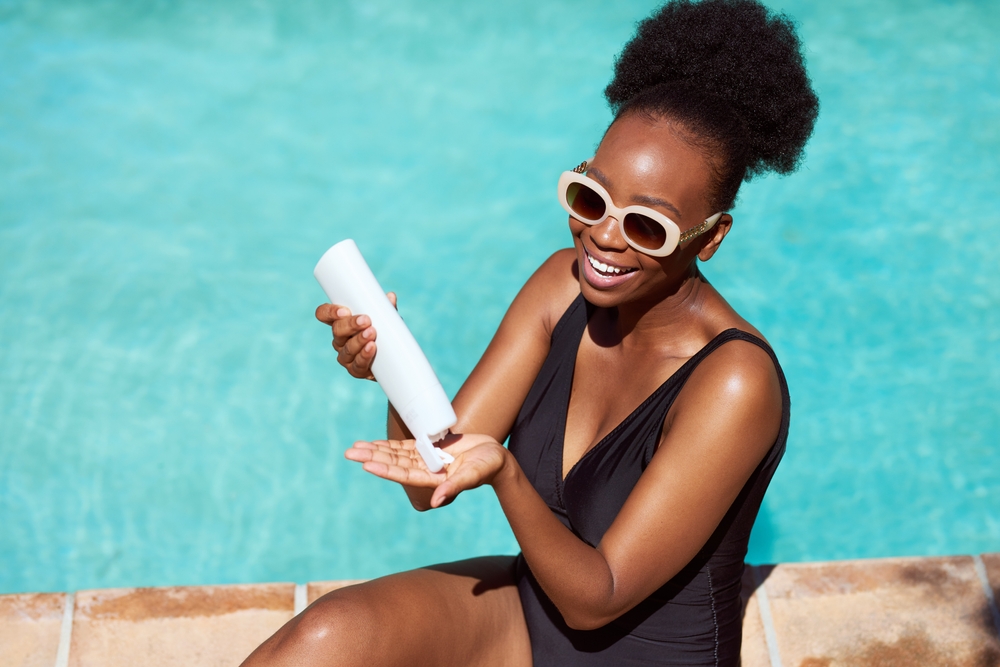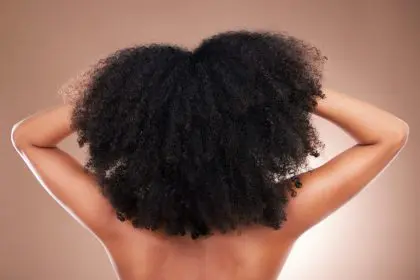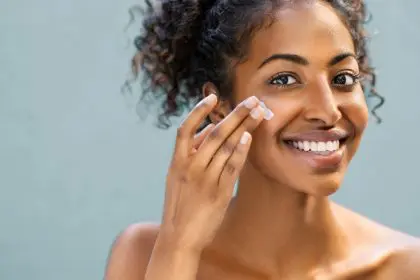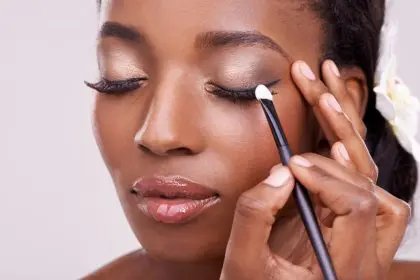As summer approaches, conversations about sunscreen and sun safety intensify across social media platforms and public health campaigns. While increased awareness about UV protection represents positive progress in skin health education, an unexpected phenomenon has emerged: sunscreen anxiety. This growing psychological burden affects many young adults who find themselves consumed by fears of sun damage, transforming a healthy habit into an unhealthy obsession that impacts their daily lives and mental wellbeing.
The surge in sunscreen-related anxiety reflects broader shifts in how society approaches preventative health measures. Young people today balance scientific knowledge about UV damage with social pressures about maintaining youthful appearances, creating a perfect storm of worry that extends far beyond reasonable sun safety precautions. Understanding this phenomenon requires examining both the legitimate science behind sun protection and the psychological factors driving excessive concerns.
The science behind UV protection
Understanding sunscreen anxiety requires grasping the legitimate science of UV radiation and its effects on skin health. UVA rays penetrate deeply into skin layers, contributing to premature aging and increasing skin cancer risks including melanoma. UVB rays primarily cause visible sunburn but also contribute to long-term damage when exposure accumulates over time.
This scientific reality justifies consistent use of broad-spectrum, high-factor sunscreen, particularly during extended outdoor activities. The medical consensus supports daily application as a preventative health measure that reduces both immediate damage and long-term risks. However, this scientific foundation has become entangled with beauty standards and anti-aging obsessions, transforming reasonable precautions into anxiety-producing rituals for many young adults.
Social media amplifies fear-based messaging
Digital platforms have revolutionized how information about skin protection spreads, with platforms like TikTok and Instagram serving as primary channels for sunscreen education. While these platforms effectively raise awareness about SPF importance, they frequently employ fear-inducing tactics to capture attention. Graphic visuals of severe sunburns, premature aging, and skin cancers create emotional responses that drive engagement but can foster unhealthy anxiety.
Content creators, including skincare professionals and influencers, often emphasize worst-case scenarios to underscore the importance of sun protection. This approach effectively communicates risks but can inadvertently transform reasonable caution into paralyzing fear. The algorithm-driven nature of social platforms tends to amplify the most extreme messages, creating echo chambers where sunscreen anxiety flourishes unchecked by balanced perspectives.
Aging fears trump cancer concerns
Interestingly, research suggests that for many young adults, fear of visible aging signs now outweighs concerns about skin cancer when motivating sunscreen use. Generation Z demonstrates particular sensitivity to fine lines, wrinkles, and skin texture changes, viewing these natural processes as preventable flaws rather than inevitable aspects of human development.
Healthcare providers observe that younger patients express more anxiety about missing sunscreen applications due to fears about appearance changes rather than health concerns. This shift reveals how beauty standards and youth obsession increasingly drive protective behaviors, transforming a health practice into an anti-aging ritual laden with anxiety about maintaining perfect, unlined skin indefinitely.
Finding balance in sun protection
Developing a healthy relationship with sunscreen requires balancing legitimate protection needs with psychological wellbeing. Skin experts recommend applying sunscreen generously during peak UV hours (approximately 11 a.m. to 3 p.m.), reapplying every two hours during extended outdoor exposure, and using approximately 30 milliliters for full-body coverage. Additional protective measures include wearing wide-brimmed hats, UV-blocking sunglasses, and seeking shade when possible.
However, equally important is recognizing that aging represents a natural, universal process that shouldn’t generate fear or anxiety. Some sun exposure provides essential vitamin D and psychological benefits that contribute to overall wellbeing. The healthiest approach incorporates reasonable protection measures without allowing anxiety to diminish enjoyment of outdoor experiences or create obsessive behaviors around application routines.
The conversation around sunscreen must evolve from fear-based messaging toward empowering education that acknowledges both the importance of protection and the natural process of aging. By adopting balanced perspectives about skin health, individuals can protect themselves appropriately while embracing the full spectrum of outdoor experiences that contribute to a well-lived life.












